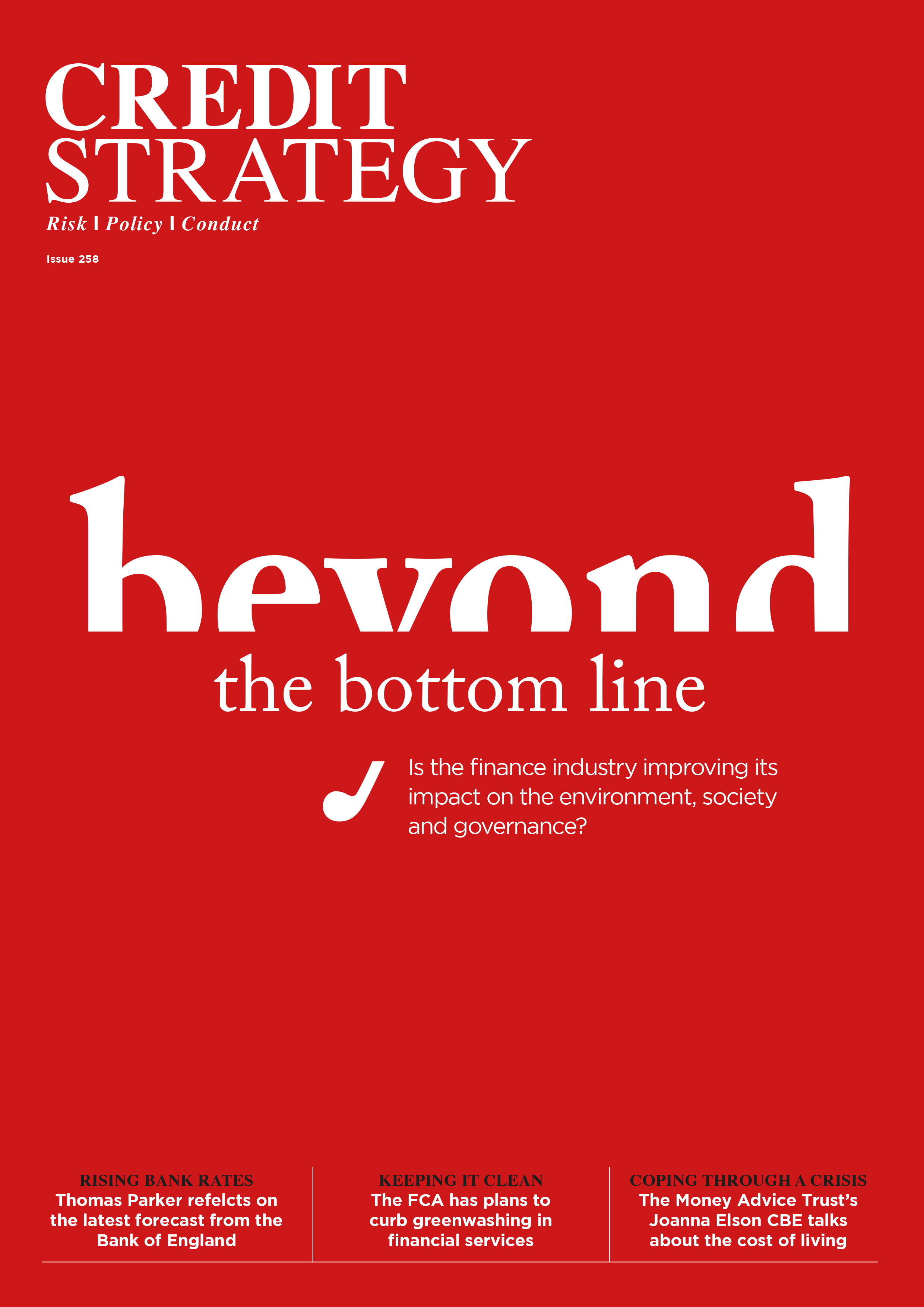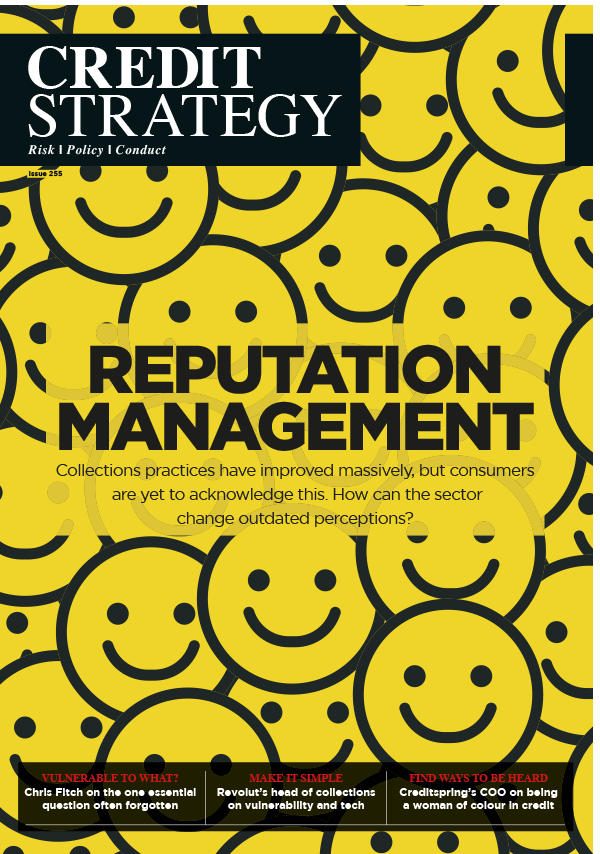Systemic risk is back
 Professional Risk Managers' International Association
Professional Risk Managers' International AssociationAs part of a partnership with Credit Strategy, the Professional Risk Managers’ International Association’s (PRIMA) Veni Arakelian and Andrea Calef examines the basics of banking system interconnectedness.

After the collapse of Lehman Brothers in 2008, both bank regulators and the banks themselves engaged in a scramble to shield the system to prevent future bank failures that could spread throughout the system through interconnections.
These included stricter criteria for bank capital adequacy, short-term and structural liquidity, and market risk, as well as enhanced supervision. Despite these efforts, in 2023 we became spectators to a series of episodes that shook everyone. First with the collapse of Silicon Valley Bank (SVB), Signature Bank (SB), then the Swiss giant Credit Suisse (CS) and First Republic Bank.
While the first, second and fourth banks were not large enough to be considered systemic, so were not under the strictest supervision of the authorities, the fact that the second is not only systemic but also a major player in global banking was a very big negative surprise that shook the markets and woke up the fear of a new domino of bank failures.
The Swiss government rushed to close the deal between Credit Suisse and UBS, considering this move to be the best available option to restore confidence in the markets.
Next, Deutsche Bank found itself under the microscope of market participants, being under significant pressure, which was reflected in the increase of its CDS (the Deutsche Bank 1-year CDS surged from 46.703 on the 7th of March 2023 − to 225.132 on the 28th of March 2023, exhibiting a huge spike within the last three days).
The threat was back, but it looked like the system was more ready this time, due to academics, regulatory authorities and market participants having worked in the same direction. Although these efforts did not succeed in avoiding these three bank collapses, they did prevent a full-scale systemic risk event. In the next sections, we review some basic concepts and make some policy recommendations.
Systemic risk and banking interconnectedness
Although there is not a unique and widely accepted measure of contagion and systemic risk, both are
closely related to banks’ synchronized behaviour and correlated portfolios. Measures like conditional value at-risk (CoVaR), which is the value at risk conditioned on the distress of institutions, and SRISK, which measures the capital shortfall of a firm conditional on a severe market decline, are used to quantify them.
Nevertheless, those measures do not take into account the interactions within the banking system. Interconnectedness can be measured by three equally weighted indicators, the intra-financial system’s assets, liabilities and bank debt, and equity securities.
We distinguish the interconnectedness into two categories: direct and indirect. The first category refers to explicitly documented or otherwise directly observable links between entities through financial transactions, obligations, contracts, and other arrangements or relationships.
Credit exposures between banks are among the most basic types of direct interconnectedness. The second category refers to the channels through which the distress of one entitycan affect the distress of another entity, even in the absence of a direct link between the two.
Ways in which distress can propagate between ostensibly unrelated entities include exposure to common assets, markto-market losses, margin calls and haircuts, shadow banking and information spillovers.
The pre-requisite to assessing systemic risk and interconnectedness is to identify the structure of a financial network. This allows the analysis to concentrate on how risk spreads from one node to the next.
To evaluate the resilience of a given network, two actions, each requiring multiple decisions, must be taken. First, the network should be subjected to a hypothetical shock, which necessitates determining what type of shock is suitable for analyzing the specific risk being evaluated.
Endogenous shocks originate from within the network (e.g., the default of a bank in a banking network), while exogenous shocks originate from outside the network (e.g., a significant macroeconomic event). Moreover, to be considered is whether shocks are idiosyncratic (in which case they initially affect only one node) or common (in which case they affect numerous nodes simultaneously).
Second, the propagation of the impact through the network should be analysed. The propagation of a shock requires certain assumptions regarding the transmission
of stresses between interconnected components.
Stress can be transmitted sequentially, from one node to the next, or simultaneously, to multiple nodes at once. Shock propagation can be mechanical, or behavioural (e.g., trading methods based on heuristics), or both.
Policy observations
When it comes to macroprudential regulation, either all the potential dangers have to be identified to set buffers against sudden changes, or shock absorption may be utilised to enhance resilience. The failure of the banking supervisors to detect the risk that ultimately brought down SVB, SB, CS and First Republic Bank is the point to focus on.
This is consistent with the current school of thought in financial regulation, which emphasises a comprehensive inventory of potential threats before formulating rules and buffers to keep the risks away.
Notably, the pool of potential threats and risks should accommodate the financial system in a broader sense, including non-systemically important banks, investment banks, shadow banks, asset managers and even insurance companies.
The other option is to make the banking system more resilient by improving its capacity to absorb shocks. The banking system, contrary to widespread assumption, is very robust, able to weather virtually any storm.
Authorities might leverage this innate resilience to improve shock absorption, making the system more resilient to failures like SVB, CS and First Republic. The banking system can be diversified to achieve this, by issuing more bank charters, reducing concentration risk by spreading their risks across industries and asset classes, and lowering the impact of an industry downturn on the banks’ loan portfolios.
The Basel III framework ensures banks have enough capital to sustain losses. Additionally, banks may transfer risks by insuring against natural disasters or cyberattacks. However, the findings about the true impact of diversification are still mixed.
Diversification actions in the direction of eliminating risks are happening with the rise of competition with non financial institutions and FinTech or BigTech companies.
Therefore, regulation should also be rethought. Basel III was written in a period during which nominal interest rates were falling, leading to banks’ assets’ appreciation; however, the regulatory framework should entail provisions for (especially aggressive) increasing interest rate periods, which would lead to a more dynamic and counter-cyclical approach to liquidity ratios.
More variety means higher shock absorption in the system.This means rules can be made less onerous and cheaper to implement. The benefits would include faster economic growth, cheaper regulatory costs, and reduced systemic risk.
Stay up-to-date with the latest articles from the Credit Strategy team
READ NEXT
UK government grapples with bid-rigging risks as CMA trials AI tool
Get the latest industry news







